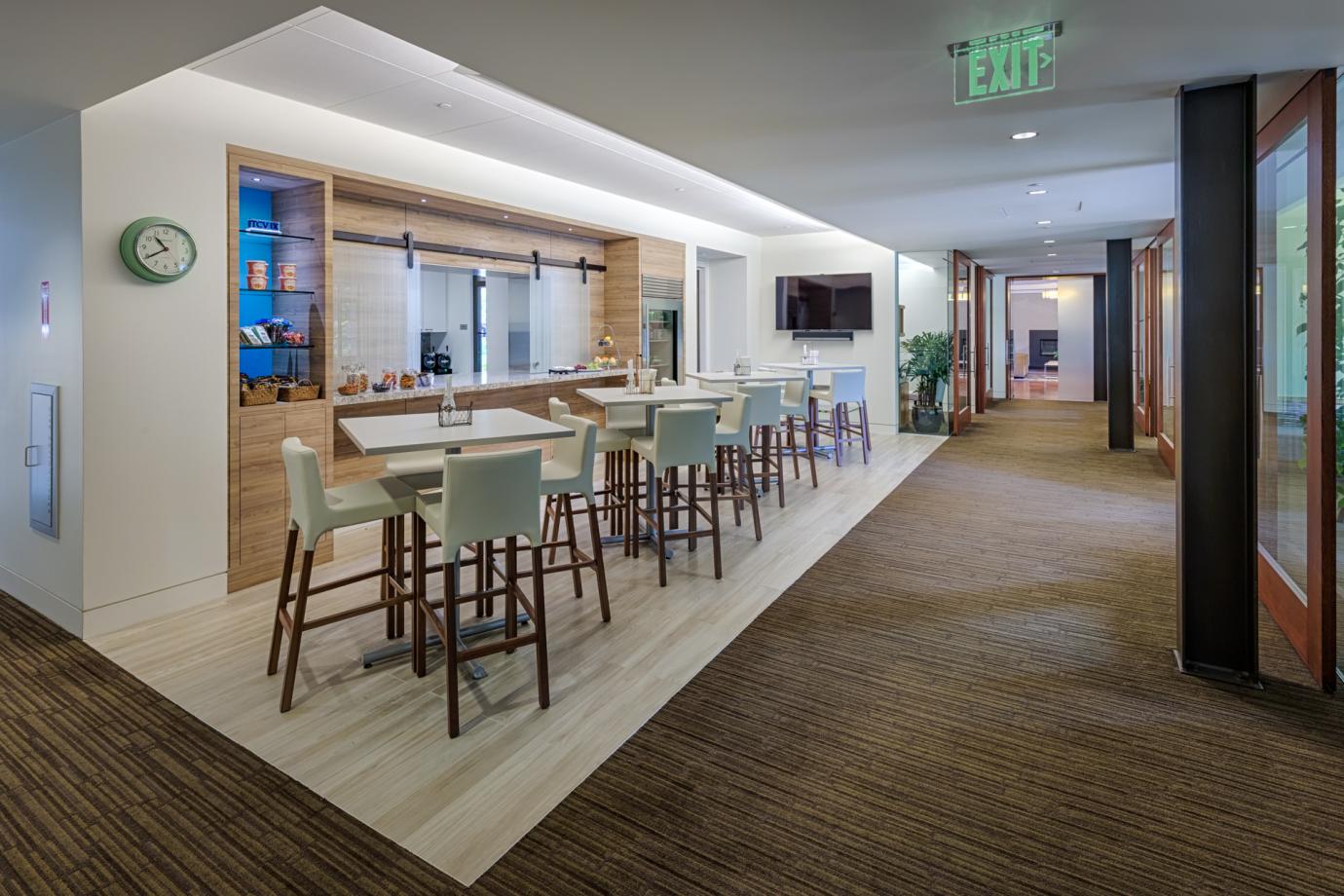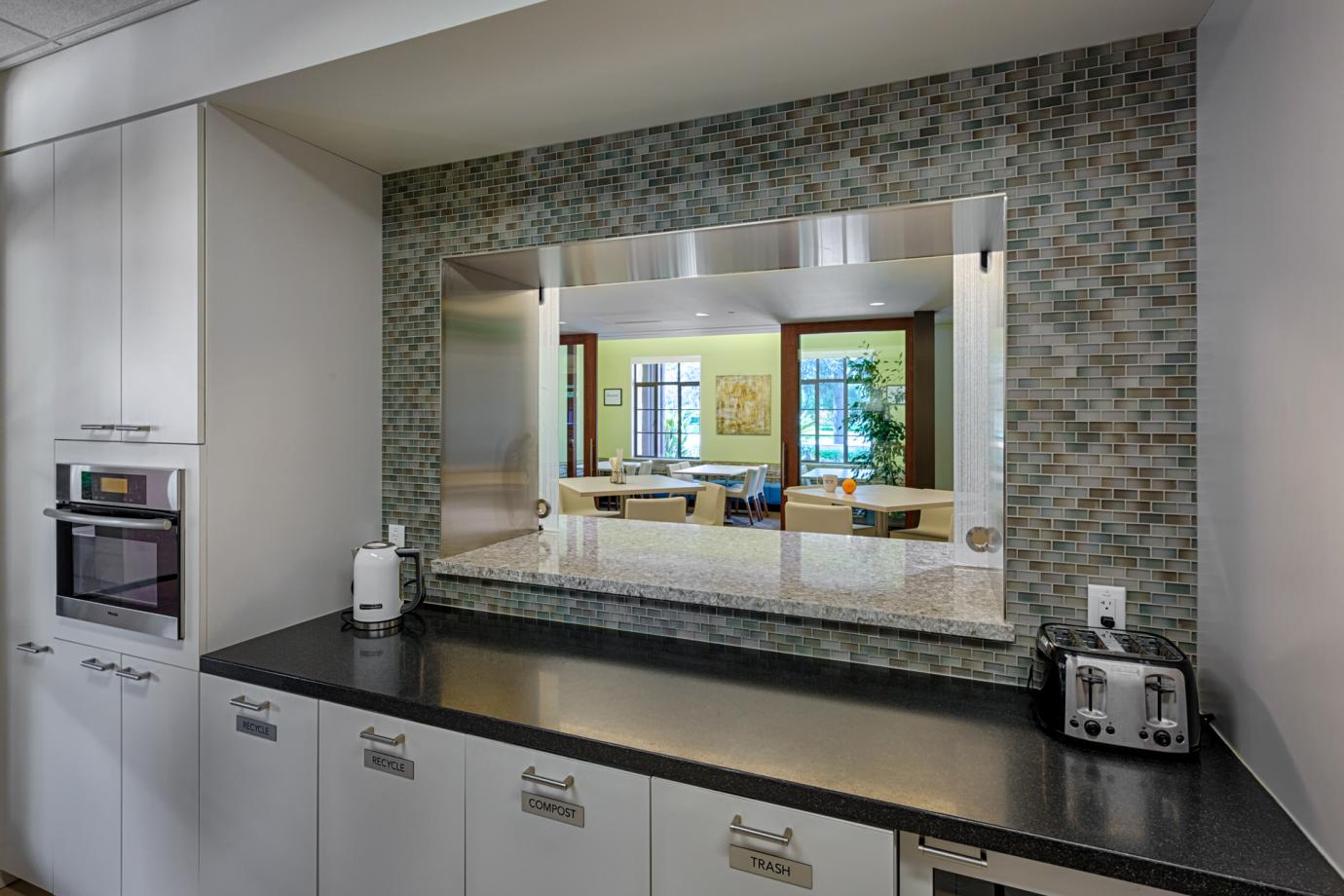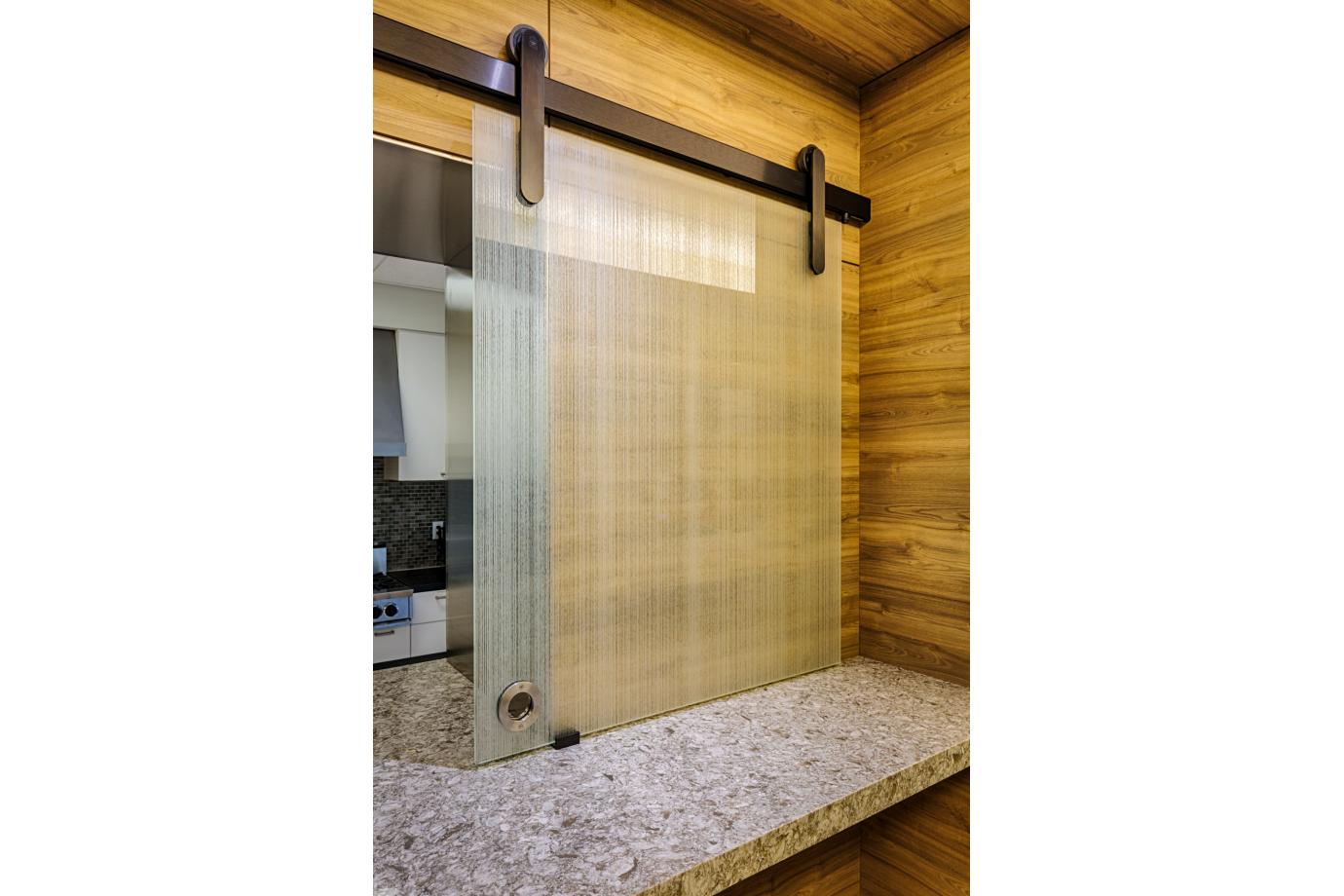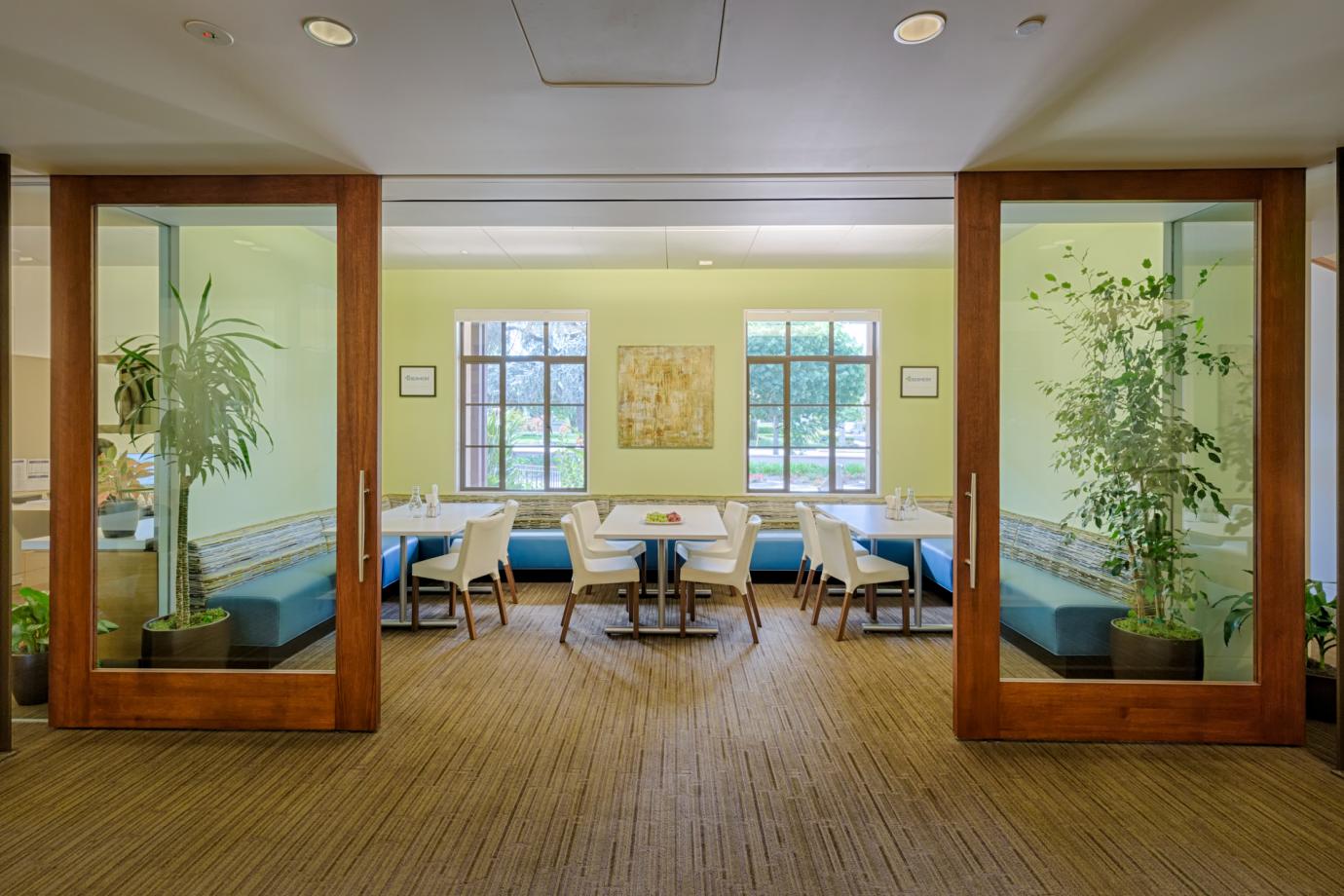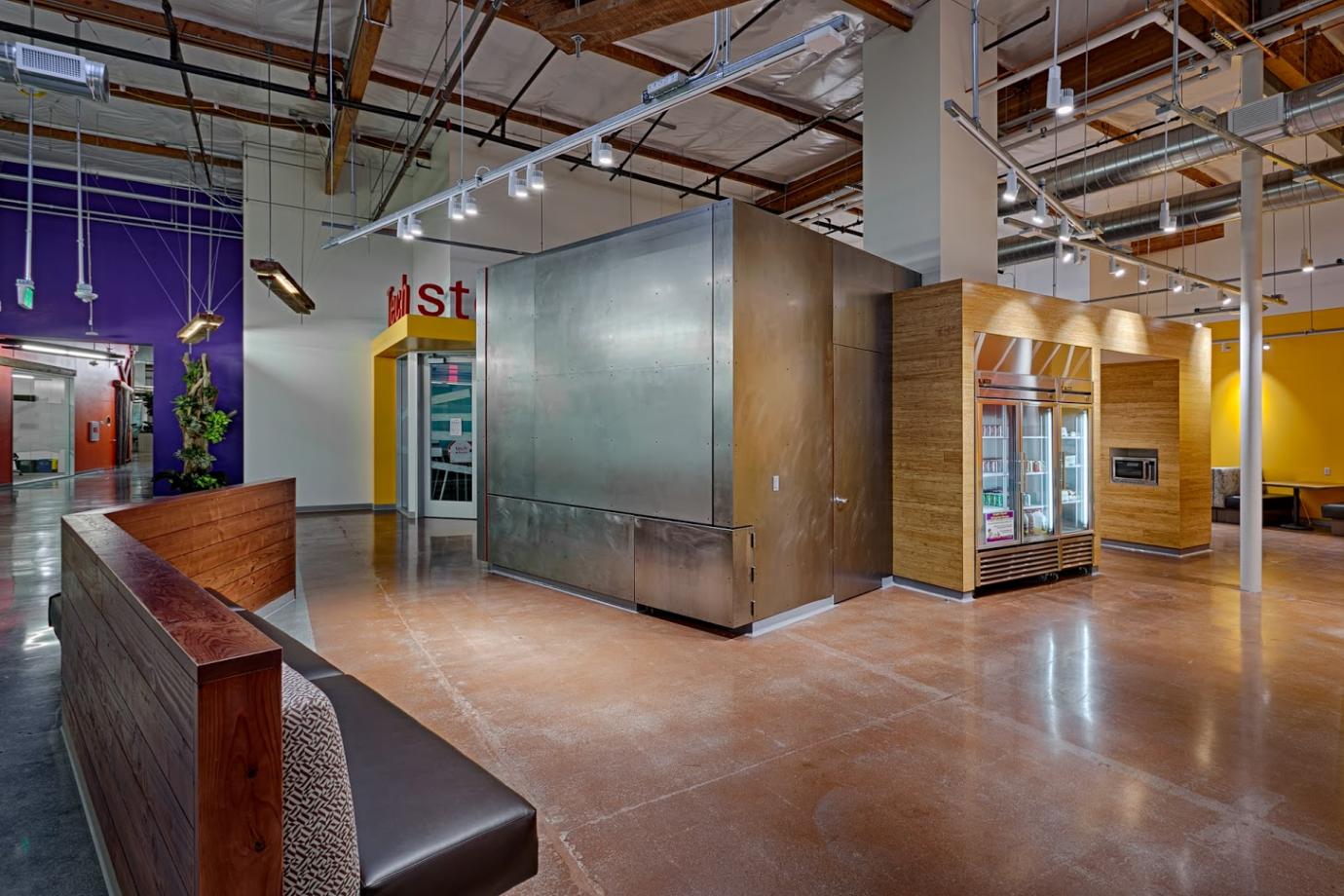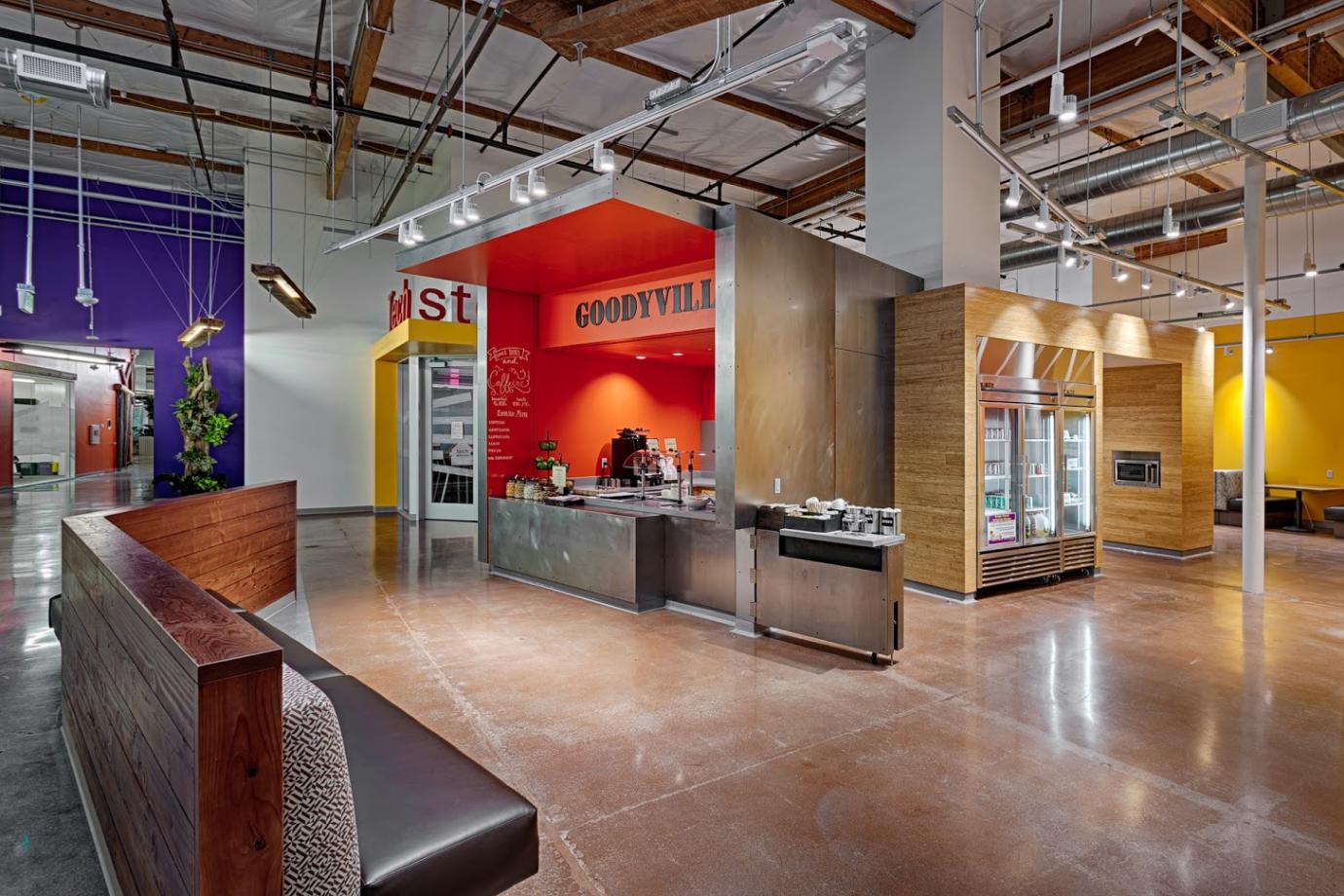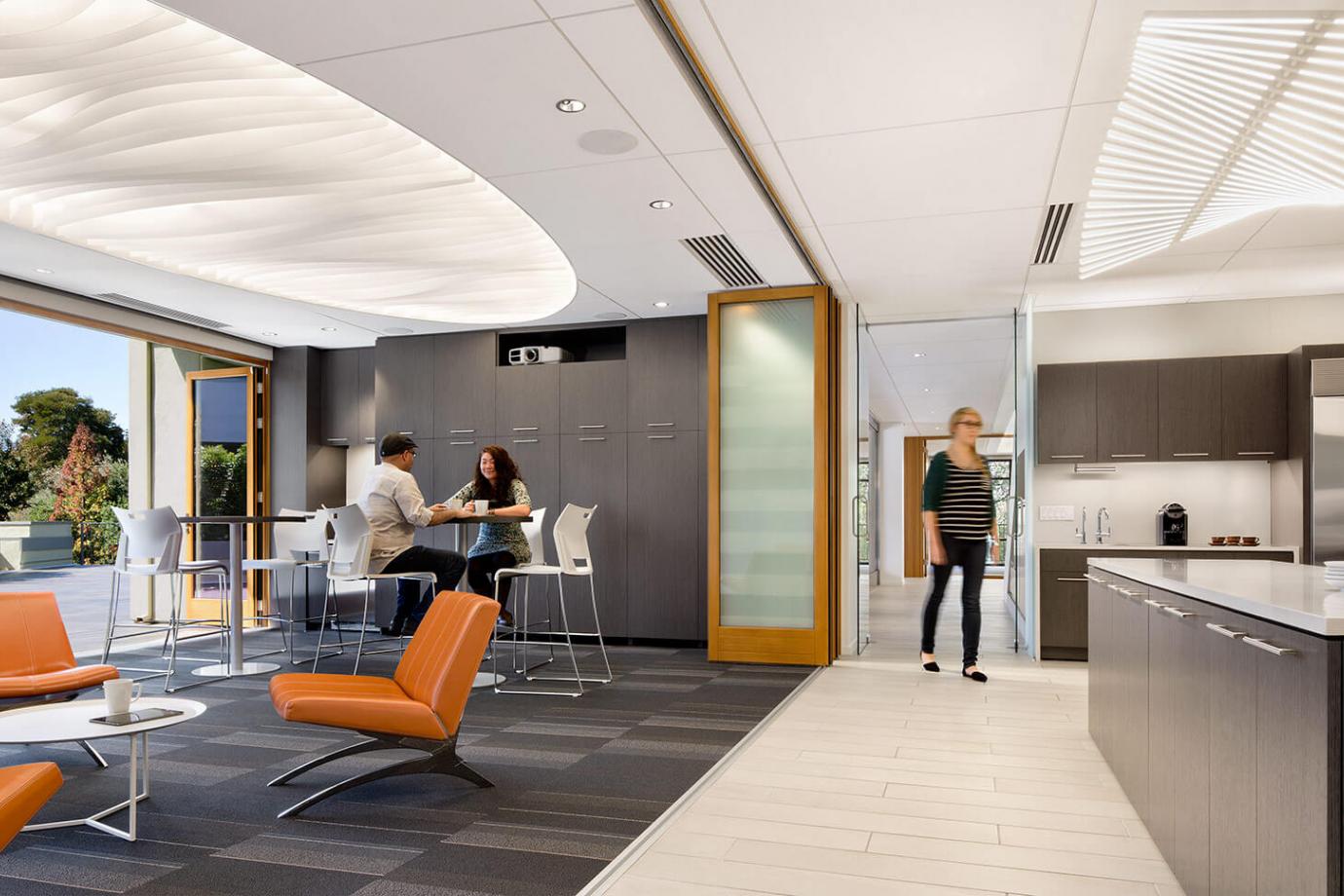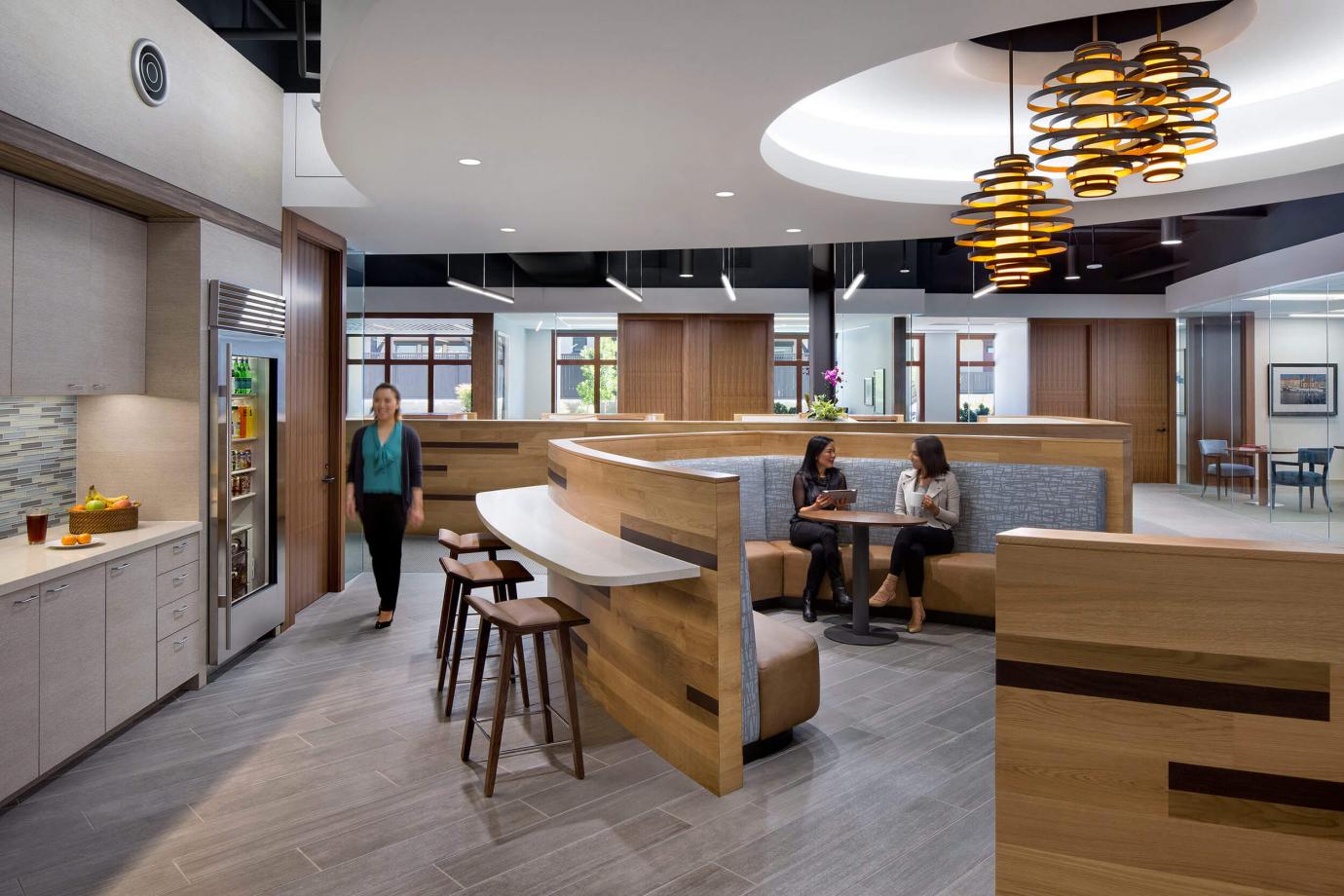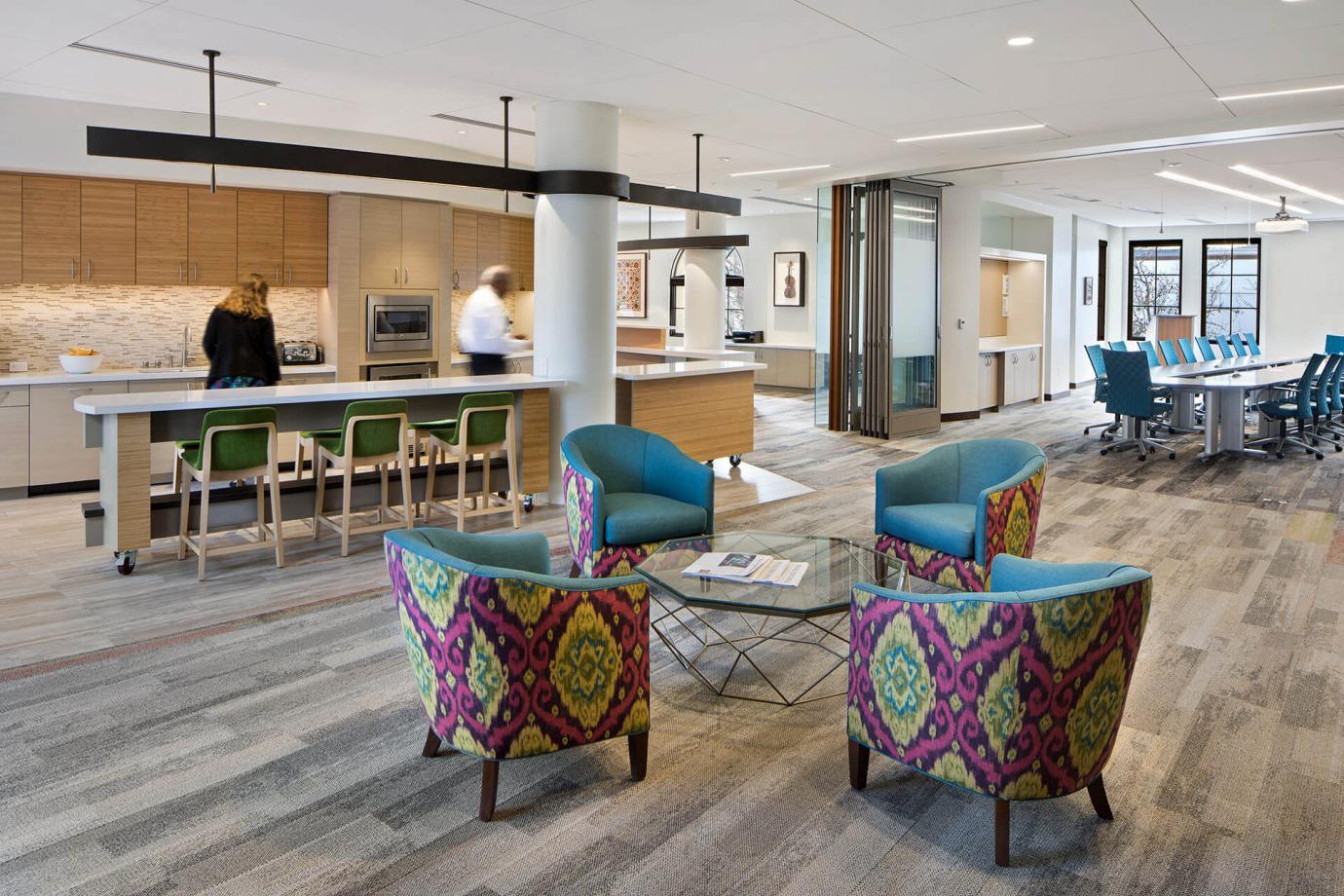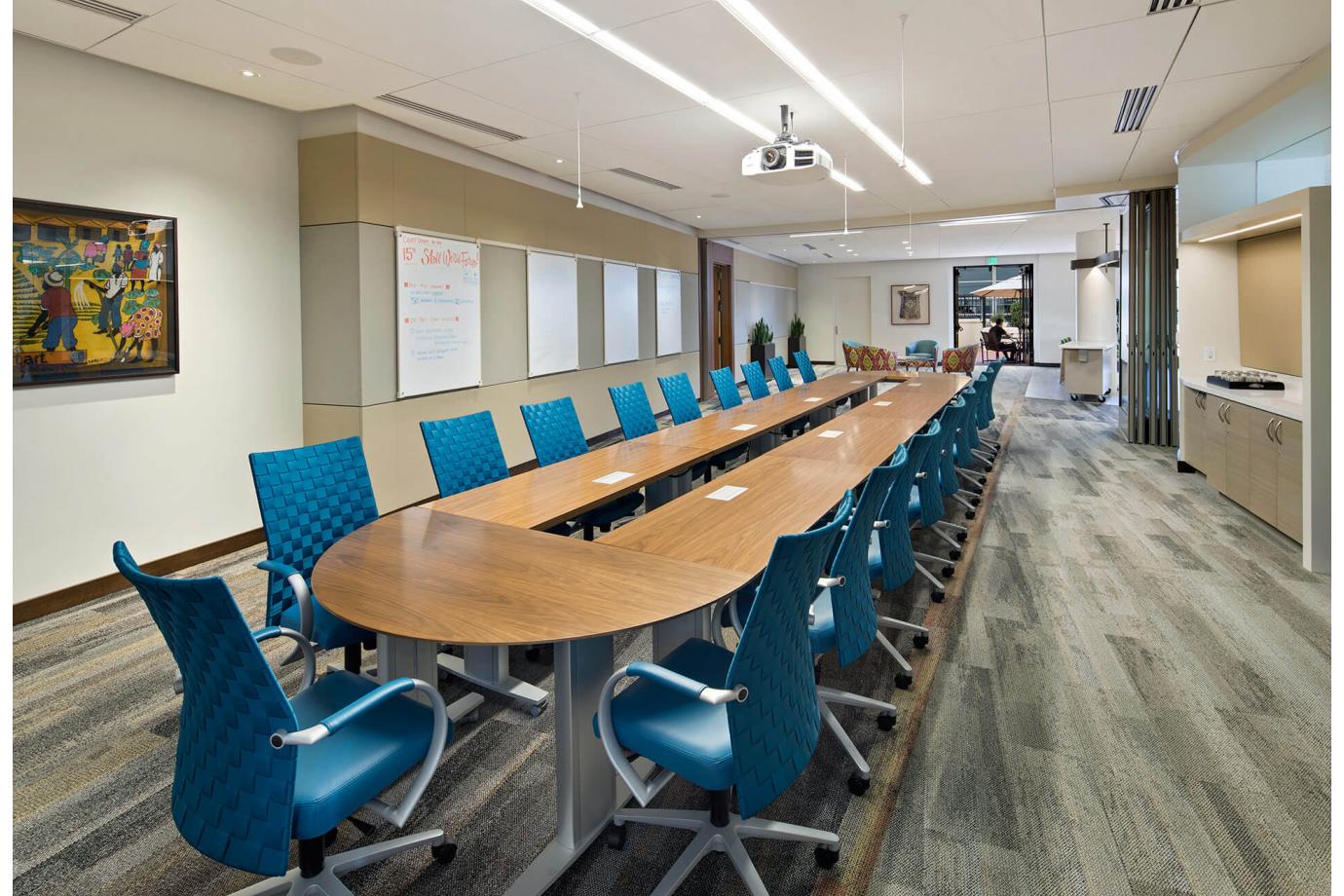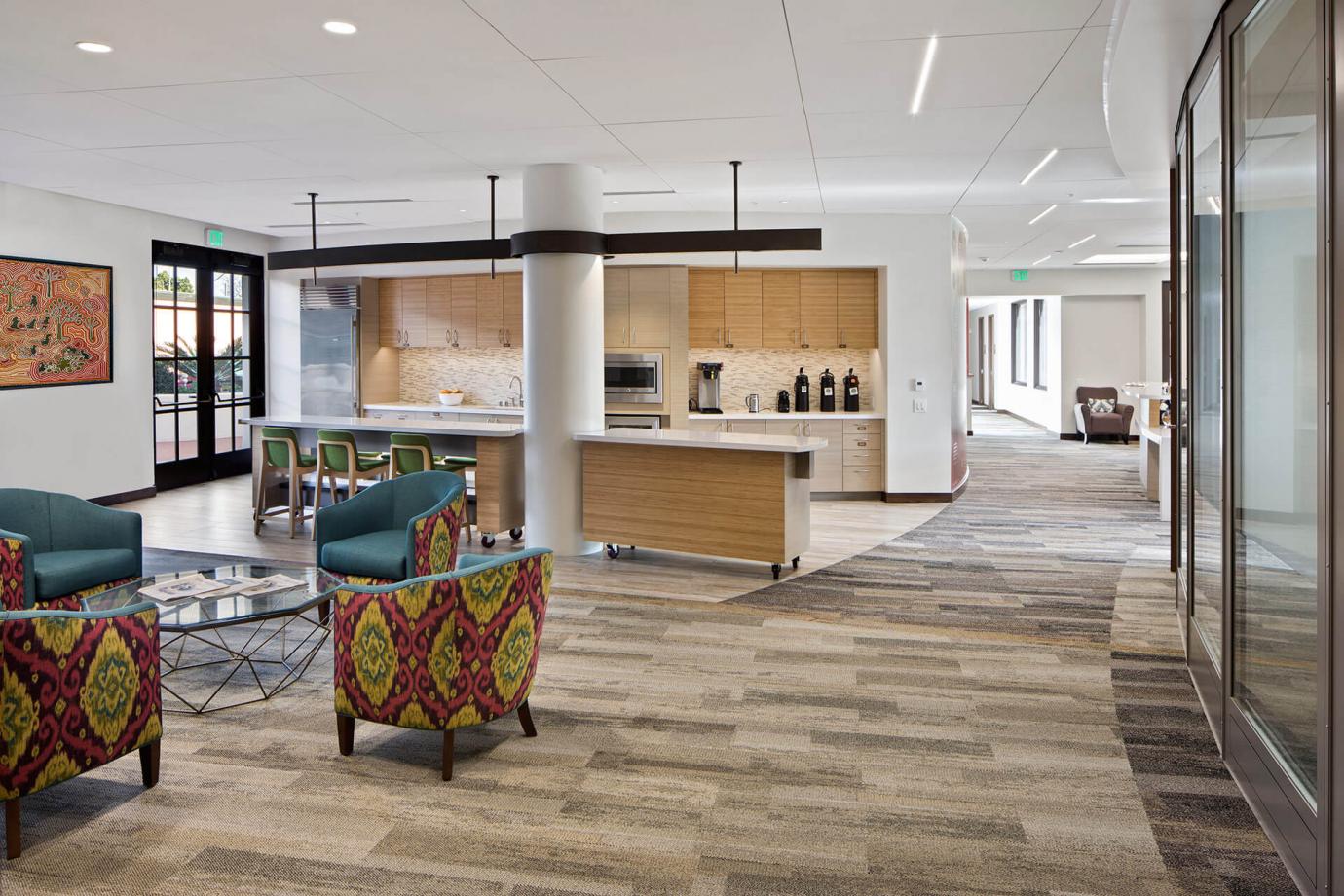Food Forward!
Increasingly food throughout Silicon Valley is moving out of the staff room and into the front room . . . or very close to the front room. We all know that food brings people together and that everyone wants to be in the kitchen. Now more and more companies are leveraging the power of food to represent their values and “walk the walk”. Food is a literal expression of sustainability goals, concern for wellness of staff and partners, and an expression of creativity and thoughtfulness. Food is also an engaging topic that can bond together people of diverse backgrounds and beliefs. A good meal involves various taste components, side dishes and ingredients much like a successful team. Food celebrates cultural differences but overcomes barriers to bonding. Food is also very much the visual manifestation of thoughtfulness: that old word that now seems to be woven into every product development discussion.
Today we see companies mobilizing food teams to chef up nutritious meals for groups under deadlines (no longer simply ordering up 12 flat pizza boxes), prepare celebratory deserts for hitting deadlines, or detoxifying meals for teams under sustained stress.
Some of these trends follow those in the food industry as well. Kitchens now are increasingly “demonstration kitchens”, no longer backrooms from which dishes magically appear but rather open workshops where customers can see the chain of production, even engage with the staff, learn more about the ingredients and the process. Engagement is part of the key customer experience and engagement is the key quality that most innovative companies want to foster as they scale up
Moving food forward can impact a space in various ways:
- One client (TCV) in an existing space “blew open” (with our structural engineer’s help not a stick of dynamite) the old staff kitchen and created a service window (ala a food truck) and food space/hang out area and turned an office into tables and banquettes. The food space is now at a key juncture between one work group and another. Occasionally a chef uses the kitchen and the adjacent space becomes a dining hall. This may sound an ersatz solution but with some good design moves created a beautiful staff (and guest) amenity.
- Another client (Google) built a kitchen that unfolded or ”deployed” to create nutrition driven meals meeting the specific needs of teams. Something of a fixed food truck, it was the centerpiece of an informal work area anchoring the whole building/space.
- A venture firm wanted both scenarios: the typical private staff area AND an open and guest friendly food hangout but lacked space for both. Here a series of sliding doors and moving islands allows the space to serve just the staff or expand for annual investor and entrepreneur events even including the exterior deck and garden.
- At a Private Equity firm the food space became a sparkling side destination on the way to the boardroom. Pre meetings and post meeting discussions are extended and boardroom meals can be quietly laid out in this adjacent space. Meetings are supported by food but not interrupted by food service.
- The Skoll Foundation elected to “break out of the box”, the old staff room was demolished, the food space moved across from the boardroom but here the boardroom itself uses a folding wall so that it can become an extension of the food area. Here the food usurps the boardroom! The new food space was also strategically placed to include access to an outdoor terrace.
- Other kitchens are organized around ideas about stewardship. A foundation with strong sustainability goals typically had monthly all hands meetings with a shared lunch meal. After the meeting their ritual was to scrap their dishes into the compost bin in a single file line. The president of the foundation might very well be next in line to the summer intern so there was also a social leveling effect to this food-centered ritual. Here two doors in and out of the kitchen were required!
- Can designers help people make healthy choices? At one firm the shelving units were color coded for allergen free options, energizing options, and detoxifying options. For another group snacks were organized in pull out drawers just to make them a bit less tempting and present-of-mind. Also a bit less tempting to soccer parents running to practice empty-handed (just saying).
- The hydration station is also popping up in more workplaces: filtered water, infused water and bottle fillers for BYOW meetings. This strategy provides the hydration without the ubiquitous plastic bottle. For a simple San Francisco remodel the existing electric water fountain was simply upgraded with a filtered bottle filler.
- Other trends: food delivery methods: food trucks (need a good place to park and for staff to gather), high team tables with built-in beverage frigs,

